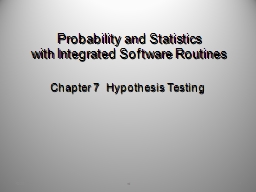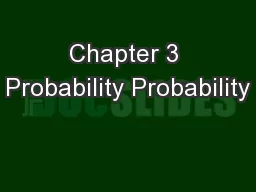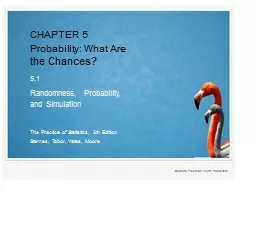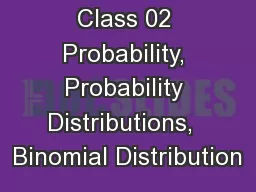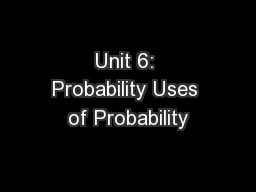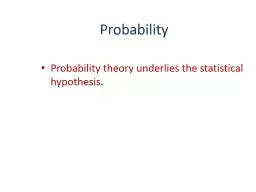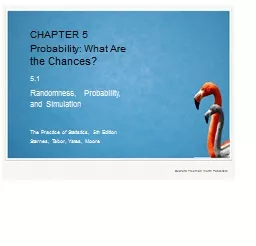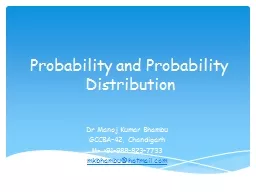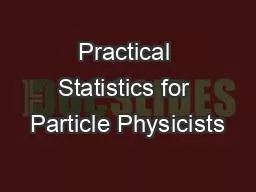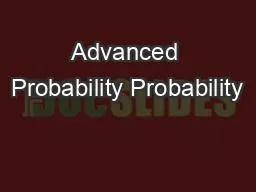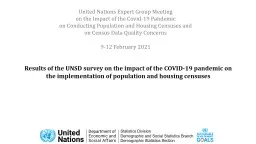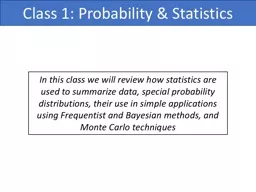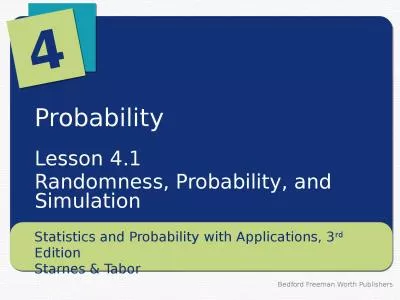PPT-10/26/2011 rd 1 Probability and Statistics
Author : joanne | Published Date : 2023-07-08
with Integrated Software Routines Chapter 7 Hypothesis Testing Scenario An old engine gets 27 mpg A sample of 40 new engines were tested and the mean mpg was 29
Presentation Embed Code
Download Presentation
Download Presentation The PPT/PDF document "10/26/2011 rd 1 Probability and Statisti..." is the property of its rightful owner. Permission is granted to download and print the materials on this website for personal, non-commercial use only, and to display it on your personal computer provided you do not modify the materials and that you retain all copyright notices contained in the materials. By downloading content from our website, you accept the terms of this agreement.
10/26/2011 rd 1 Probability and Statistics: Transcript
Download Rules Of Document
"10/26/2011 rd 1 Probability and Statistics"The content belongs to its owner. You may download and print it for personal use, without modification, and keep all copyright notices. By downloading, you agree to these terms.
Related Documents

